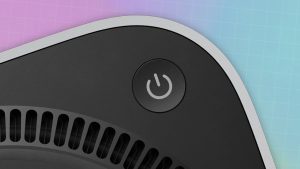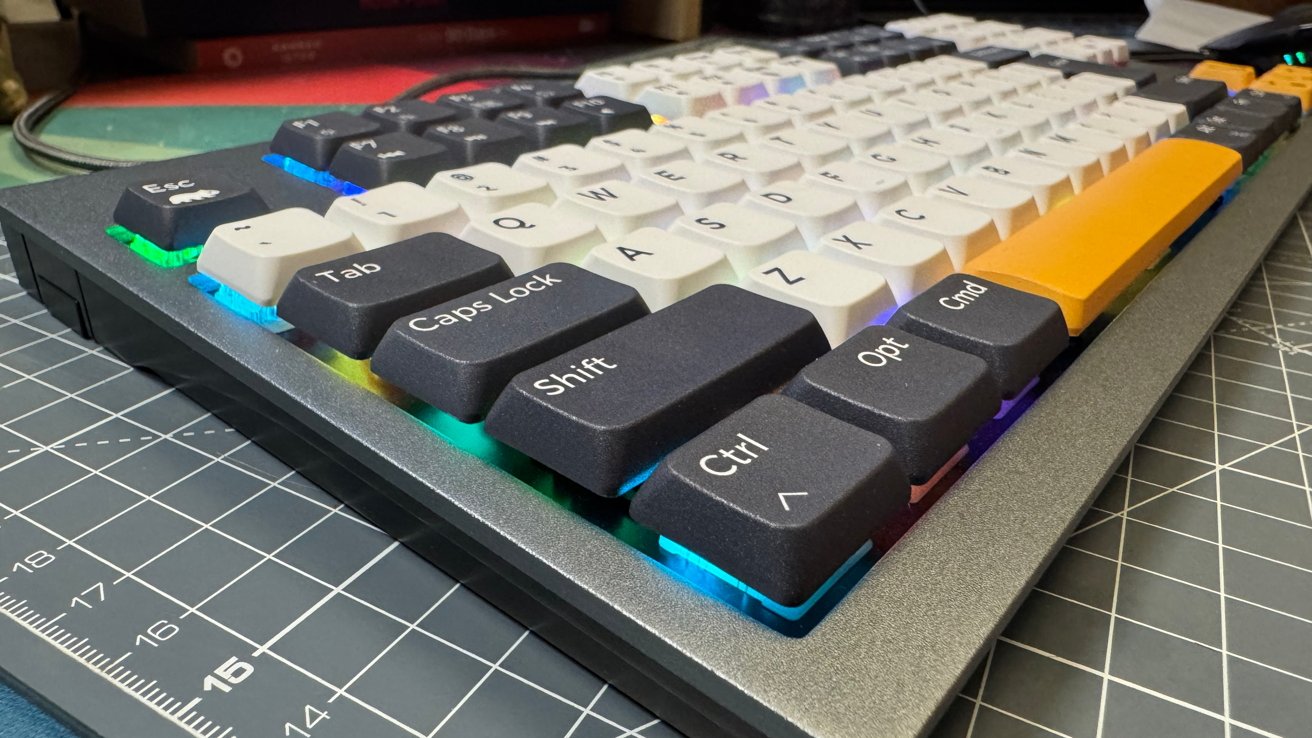
The Wombat Willow Pro provides a full mechanical keyboard with a shorter width than usual and even has low-profile switches. It’s an interesting choice if you’re prepared to learn a very unusual layout.
Power users are often quite picky about the keyboards they use. This can include whether it takes the form of a chicklet-style keyboard, a membrane one, or a mechanical keyboard, for example.
With choice, there is also a need to trade off one feature in favor of another. One of these things can be the size, as having a smaller keyboard can mean a reduction in the number of actual keys you can press.
While you could try to live with a smaller keyboard with fewer keys, the Wombat Willow Pro goes in a different direction. It provides you with all the keys you could want but without the width of a full-size keyboard.
Wombat Willow Pro review – Design and layout
The most obvious thing about the Wombat Willow Pro is its size and layout. The whole concept of the keyboard is key density, which means jamming a full set of keys into as small a package as possible.
In a normal full-size layout, you would have the main letter key block on the left, with arrow keys and some utility keys just off to the right, and the numpad off to the right. This typically creates a fairly wide keyboard, much wider than the current trend of keyboards that leave off things like the numpad to create a smaller package.
In Willow Pro’s case, it tries to have its cake and eat it. To a point, it does manage to pull off Schrodinger’s Patisserie fairly well.
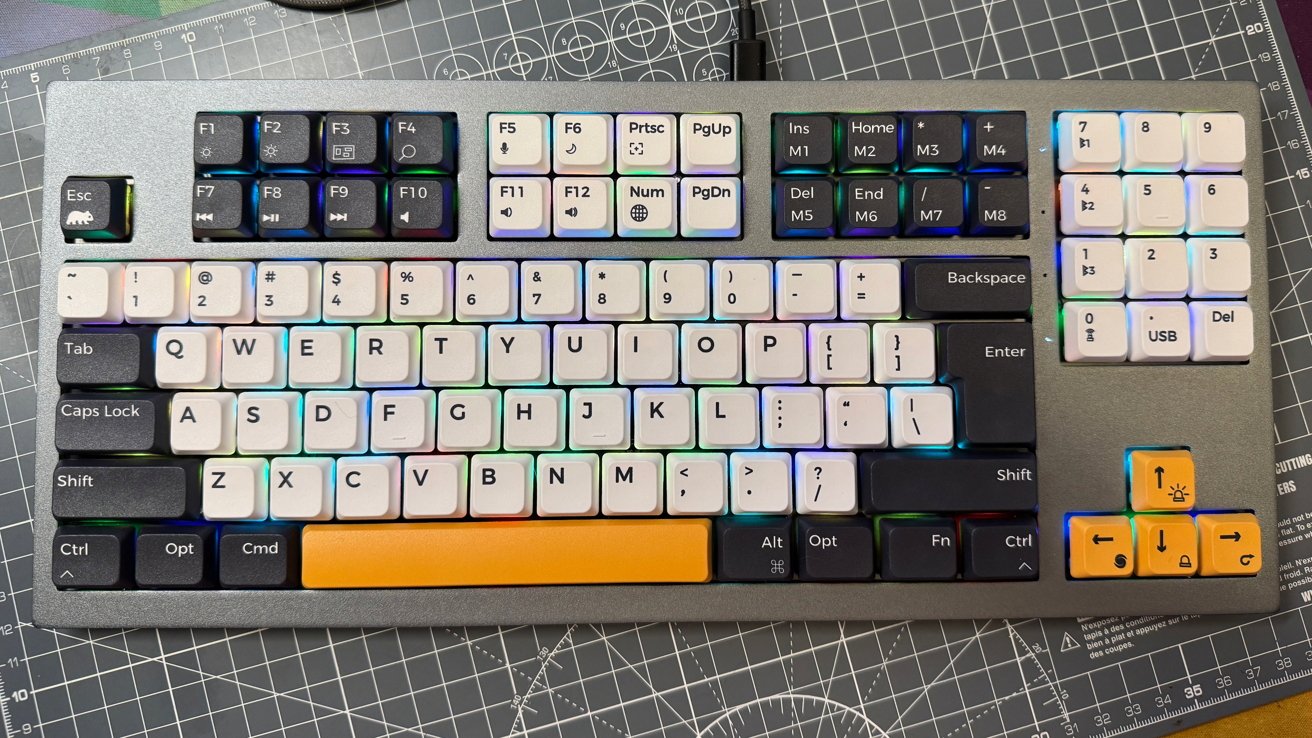
Wombat Willow Pro review: The layout is unusual, but you still have all of the keys you need.
A full keyboard has 104 keys in an ANSI layout and 105 in ISO. For the Willow Pro, it squeezes in 102 keys, including a larger ISO layout Enter key.
The layout performs two tricks to minimize its width, and they both rely on extending the footprint on the other axis.
The function keys, the utility keys, and some of the numpad mathematical function keys are squeezed into two rows at the top, as a doubling-up of the function row. The remaining numeric keys are shifted up above the arrow keys.
You end up with a layout that, to non-power users, is a bit intimidating due to the sheer key density and positioning. The numpad’s raised position seems unwieldy, but in usage, it’s actually quite usable for occasional usage.
The end result is a keyboard that’s 14.5 inches wide and 6.33 inches deep. At 1.73 inches thick, it’s also a reasonably slim mechanical keyboard compared to others on the market, though its 2.2-pound weight brings it back into line with the rest of the market.
The keyboard consists of an aluminum top housing that tries hard to blend in with Apple’s aesthetic and does that well. The black plastic base is less attractive, but it’s an element you won’t be spending much time looking at.
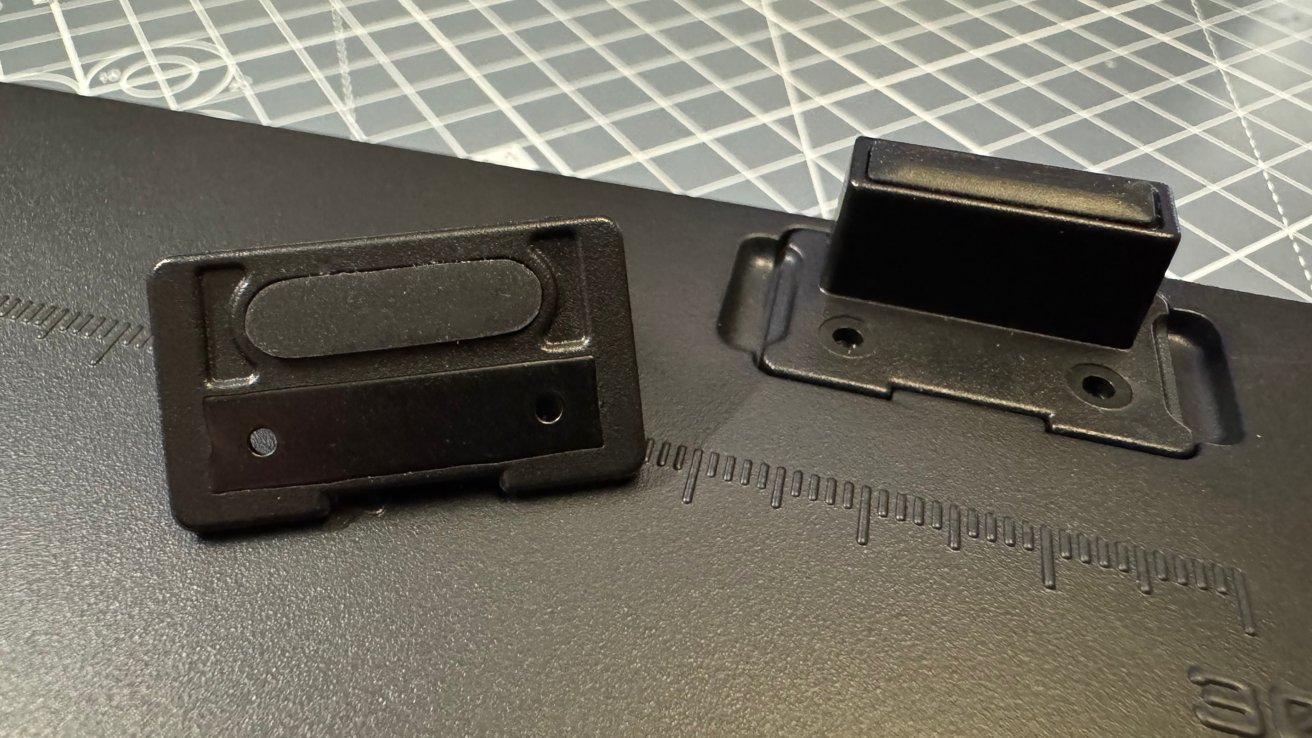
Wombat Willow Pro review: The adjustable feet and part of the ruler markings.
The underneath has two fixed rubber strips to the front and two adjustable feet to the rear. These rear feet are unusual as you pull them off, turn them upside down to reveal a raised foot, and place them back magnetically if you want to raise the typing angle.
This is quite a neat design idea, and the magnets are certainly strong enough to hold onto the legs well beyond the occasional desk shove.
Curiously, there’s a 30-centimeter ruler marked into the base. It’s an odd choice to place such a marking on the keyboard’s base, but at least it’s available if you need to measure something.
To the right-hand side is a cut-out for an included wireless dongle, which, again, holds in place with a magnet.
At the back is a USB-C connector for charging and physically connecting to a Mac. There are also two switches for changing between Windows and Mac layouts and to turn the keyboard on and off.
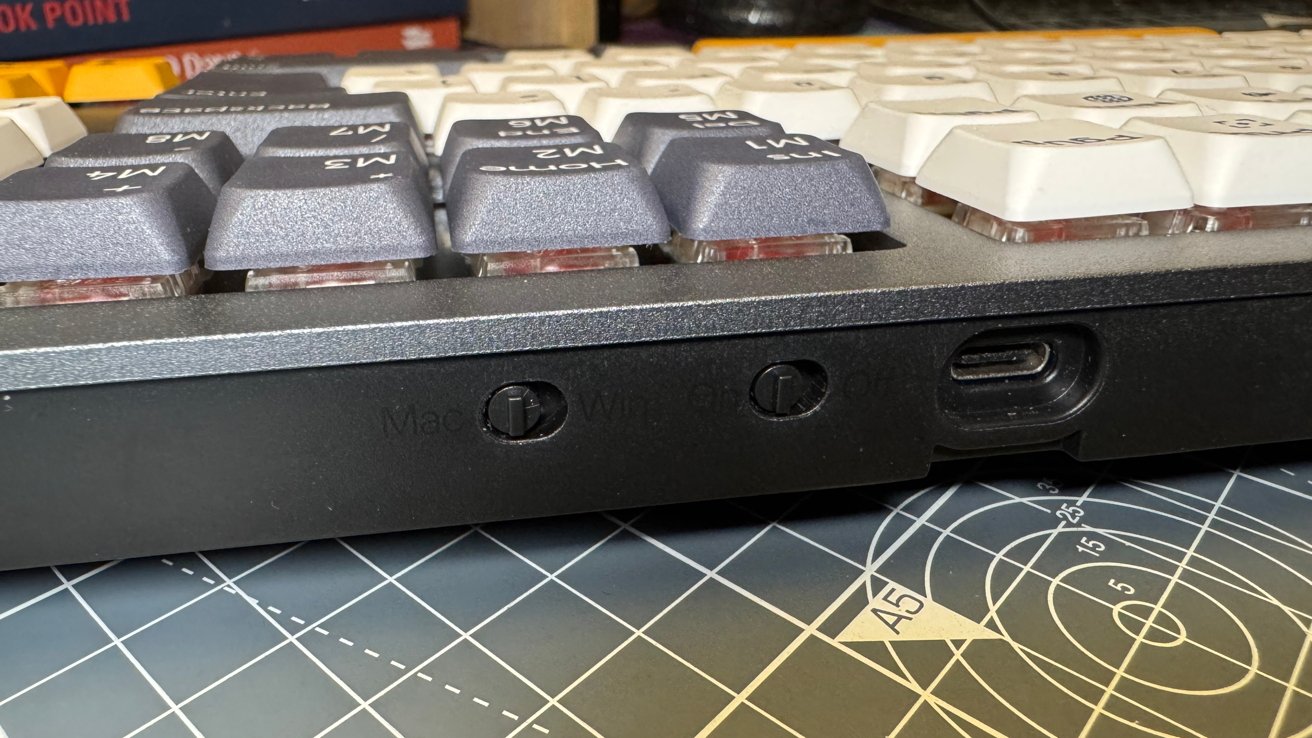
Wombat Willow Pro review: The USB-C is nicely positioned, but the switch labels are hard to read.
The labels for the switches are pretty hard to see since they have black ink on a black background. But if you’re not going to move the keyboard between desktops that often, it’s not a major problem.
Wombat Willow Pro review – Features
For a start, the Willow Pro is a keyboard that can connect to your Mac or PC in a few ways. There’s the obvious, using the USB-C port, which can also recharge the 1,000mAh battery embedded in the peripheral.
You can also use the included dongle, which works over 2.4GHz, to connect via a USB-A port on your host device.
Lastly, you can also connect the keyboard to your Mac or iPad using Bluetooth 5.0. Since you can define up to three Bluetooth connections and switch between them using the function keys, you can simultaneously connect the Willow Pro to up to five host devices.
Since the keyboard is made for power users, it also includes support for macros. You can create up to 12 macros with the keyboard, which also hints at this capability with some keys marked M1 through M8.
You do have a function key, which enables numerous keys to handle multiple tasks. For example, the F-keys provide various Mac functionality elements and media controls, and you can also switch between the utility keys and the M-number macros.
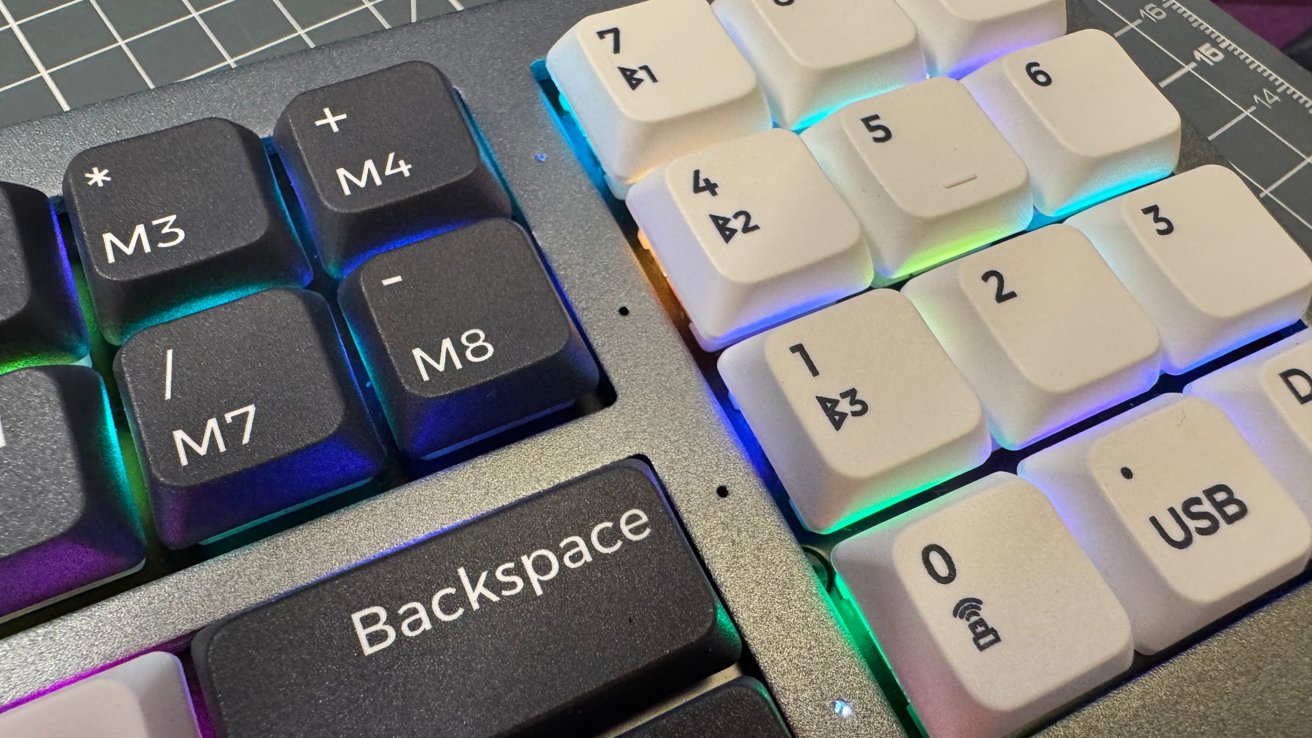
Wombat Willow Pro review: Some of the M-keys, and some particularly small indicator LEDs.
The left side of the numpad is also used with the Function key to choose which Bluetooth device or wireless dongle you’re connected to at a time, as well. Lastly, you can manage the RGB elements of the keyboard using the arrow keys.
Those RGB lights under the keys are fairly standard, giving you a selection of different animations and brightnesses depending on how you want your computing environment to look.
If you want more control over the keyboard’s functions, there’s the WB Pouch app for macOS. It lets you configure what each macro does, the backlighting, and some more advanced functionality.
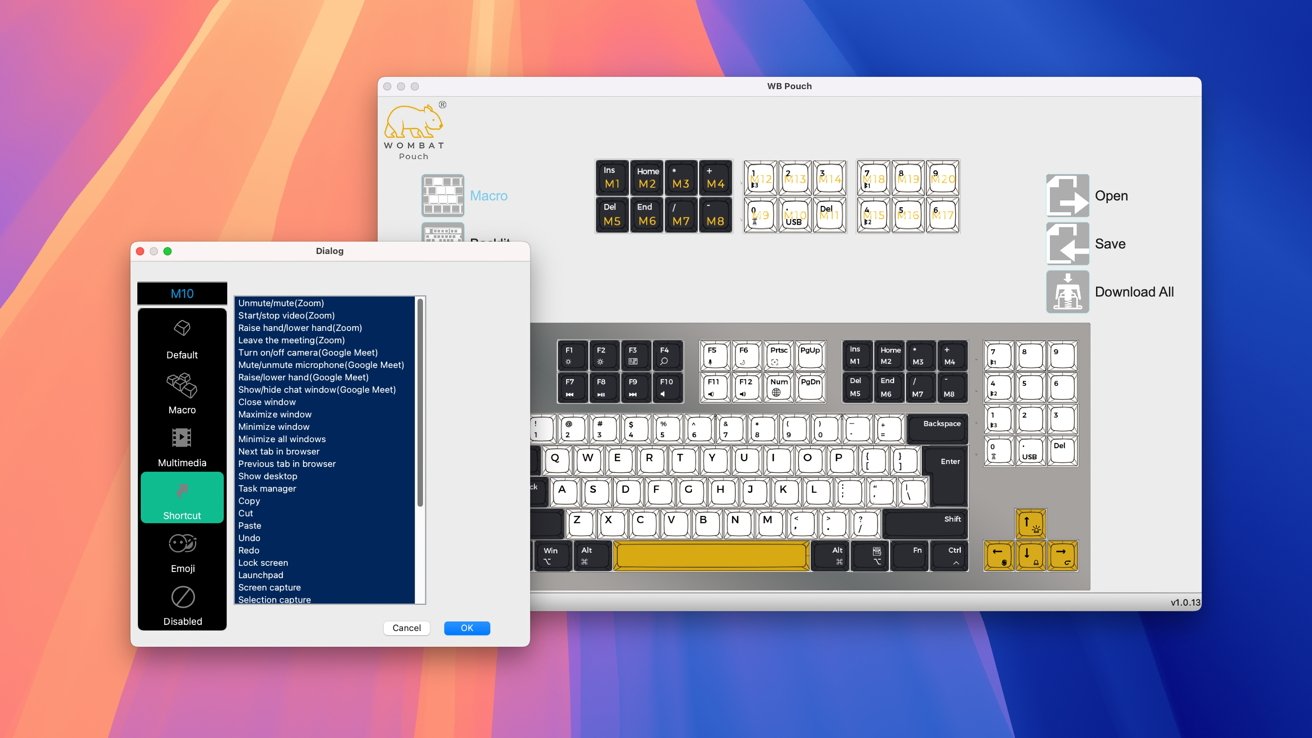
Wombat Willow Pro review: There’s a lot of customization in the Pouch app.
The app is quite utilitarian in its construction, as you can see a lot of rough edges in the interface. But, the app works well enough for those who know how to use it.
Wombat Willow Pro review – Switches and keycaps
Typing with the Willow Pro is slightly different from other mechanical keyboards, because Wombat went for a low-profile approach.
Typical mechanical keyboards rely on switches about an inch in height, with a keycap about the same height again. Combined with a usually thick enclosure, this can result in a very high key.
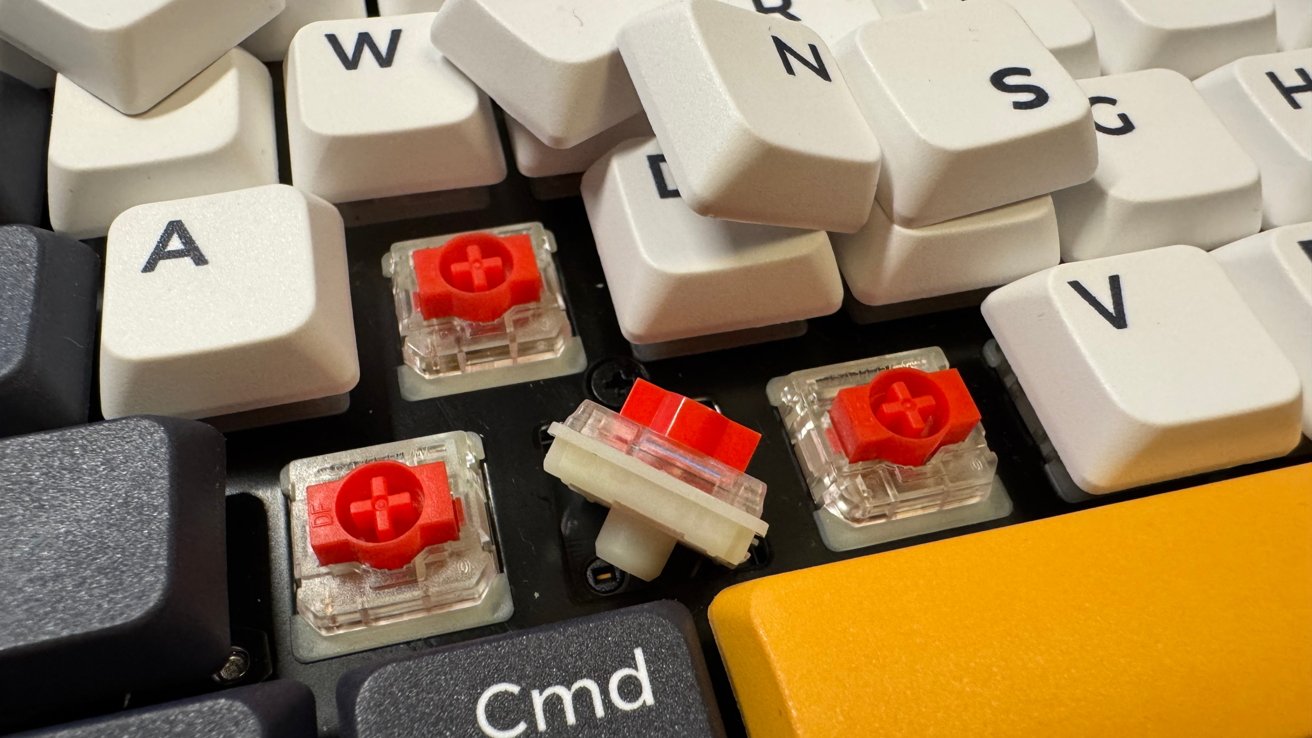
Wombat Willow Pro review: The Gateron LP Linear Red switches.
Wombat instead went with Gateron LP Linear Red switches, a low-profile switch about half the height, contacts excluded. They are paired with low profile DSA PBT keycaps for a lower overall typing height.
The low profile switches also mean a much shorter actuation distance than usual. There’s a travel distance of about 3 millimeters for these switches, a little shorter than usual.
The actuation force of 50 grams is in the ballpark of traditional switches, with the linear aspect meaning you don’t actually feel an actuation point.
They’re also hot-swappable, so you can remove them and replace them all with different switches. If you have to replace one, or want to replace them all, you can do that with the included keycap puller.
The result is a keyboard that feels nice to type, with less stretching required to keep the wrists and fingertips high. When typing, it sounds a little high-pitched, and much of that is down to the keycaps themselves.
You could replace the keycaps for yourself, but it’s only really needed if you want a quieter setup, because otherwise the keys themselves are quite serviceable.
Full fat, skinny body
The Wombat Willow Pro is certainly an unusual mechanical keyboard. One that does so in many different ways.
Its layout is highly unconventional, but it still manages to fit everything in a very small space. One that isn’t entirely going to keep your typical Mac user at ease.
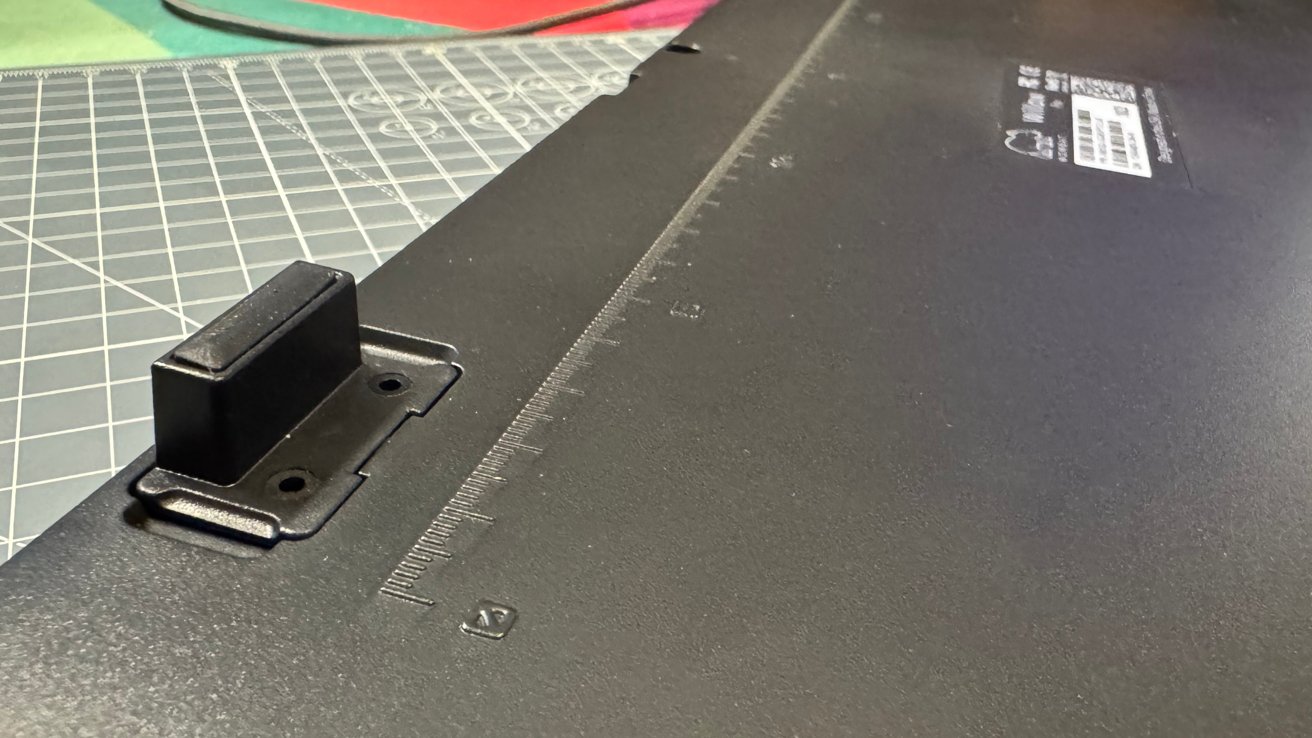
Wombat Willow Pro review: We are somewhat mystified by the included ‘Ruler’
The height adjustment is a nice addition, albeit one that goes down the route of reversible feet with magnets. The ability to customize elements using their app is handy, but the app could do with some refinement.
The connectivity selection is great, as is the low key height. It’s not quite notebook-like, but using a mechanical keyboard without a wrist rest is refreshing.
It’s even got a decent aluminum-topped enclosure that won’t look out of place next to a Mac mini on a desk. The plastic lower element isn’t great, but most people won’t look at it often.
There are certainly some execution errors. The indicator LEDs are small and unlabeled, while the switch labeling could be much clearer.
Typing works well, but the high-pitched noise makes it sound a little bit cheap. That is, unless you change the keycaps for something else.
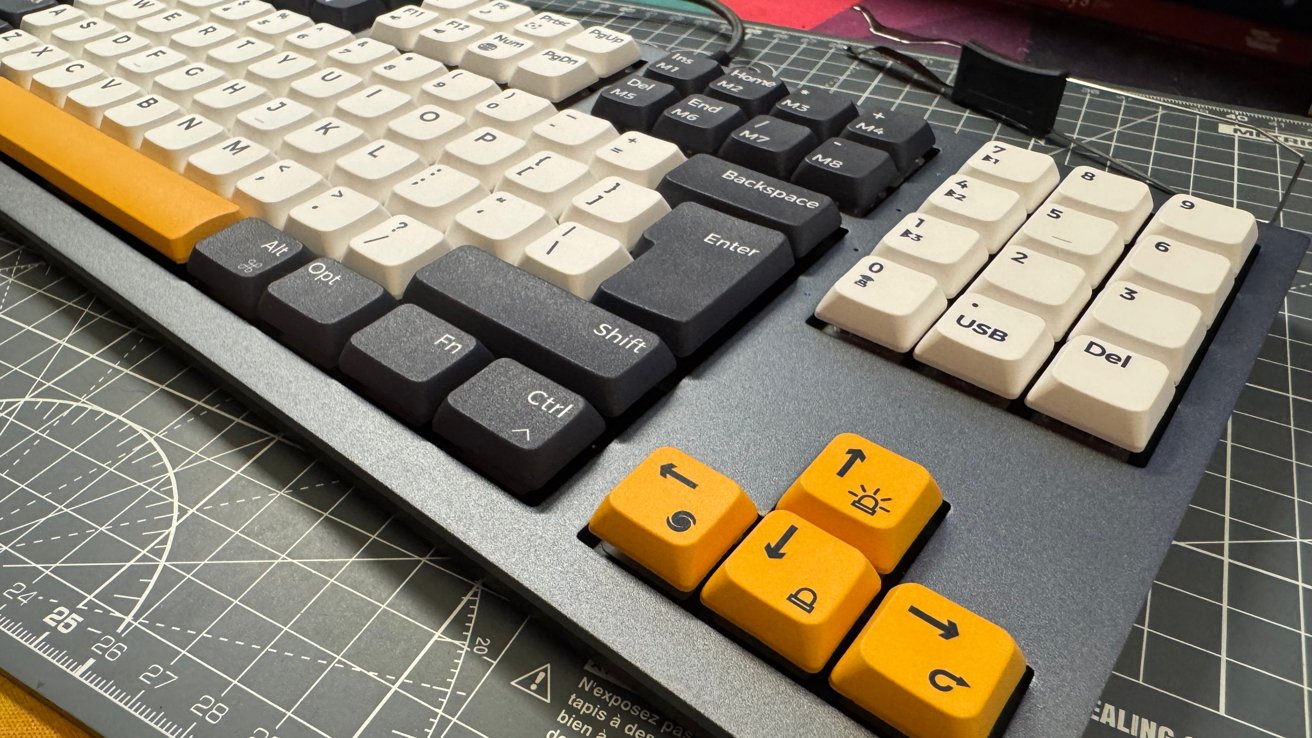
Wombat Willow Pro review: The keys are comfortable and low profile but fairly noisy.
The Wombat Willow Pro, at $145, is reasonably priced for a mechanical keyboard and seems right for this particular offering.
The layout may not be for everyone. But for the power user who truly needs every key, Wombat’s offering something that could work in the right hands.
Wombat Willow Pro review – pros
- Blends in with Mac desktops
- Low profile switches and keys
- Connectivity options
- Unique key layout
Wombat Willow Pro review – cons
- High-pitched typing
- Indicator lights are small and unlabeled
- Toggle switch labels are black on black
- Rough-and-ready configuration app
Rating: 3.5 out of 5
Where to buy the Wombat Willow Pro –
The Wombat Willow Pro is available directly from Wombat, priced at $144.99. It is also available from Amazon for $129.99.




